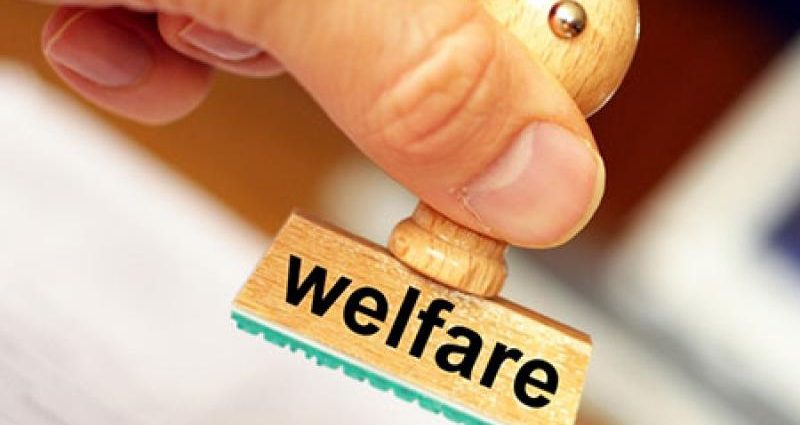As per the Office of Management and Budget, inspector general, and The General Accounting Office reports, as of 2020, the improper welfare payment was estimated at 15.6% of all federal welfare payments made, totaling $129 billion.
Welfare refers to the assistance provided by the government to individuals and families in need. The assistance includes health care assistance, unemployment compensation, and food stamps, and the common one is the Temporary Assistance for Needy Families [TANF] program provided by the U.S federal government.
To be eligible for the welfare program, you need to fall under the following categories:
-Be a U.S citizen or a legal alien
-Have low or very low income
-Have a child below 18 years
-Be unemployed or underemployed
-Be pregnant
The transition after being a welfare beneficiary
Most families, after some time, leave the welfare program in search of financial stability and independence. Here is a look at how they survive after that. Most people leave to start work, get married, or go to college. Leaving welfare is never easy; after getting assistance for so long, they need to learn new skills and manage a lot of change at once. The first few months or even years out of the welfare system are usually marked by slow progress.
Some families can move up quickly, but others can take up to 10 years for them to rise to the middle-class level. This shows that they are living at risk of returning to the poverty cycle.
In the United States, families that receive cash assistance either through the Temporary Assistance for Needy Families program or any other program are later enrolled into work programs. Here you are expected to participate in work activities such as job training, community service, or job searching. The main goal of this welfare reform program is to help families transition to living on their own. However, according to welfare reform information, not all families find jobs after leaving the program.
Additionally, families that leave these programs often face several life challenges such as struggling to find work, juggling childcare, managing their finances, and overcoming barriers such as those created by old criminal records or a lack of education.
Most families that leave welfare are in a better financial position than they were before. However, some are finding it hard to survive. Some say that the jobs pay them well, but the earnings are unstable, making it hard to be on track.
A lot of the population lives below the poverty line. This is because they have little to no qualifications; as such, they cannot qualify for higher-paying jobs. Most who left the welfare program had only a high school education or less, and most of them didn’t have more than two years of experience at any job.
As much as the welfare program is good and helps individuals, many people are worse off now than they were while in the program. However, the program is not to blame; a lot falls on the families and their individual mindsets. If they have a positive mindset and are hardworking, they can avoid falling back to living below the poverty line.

